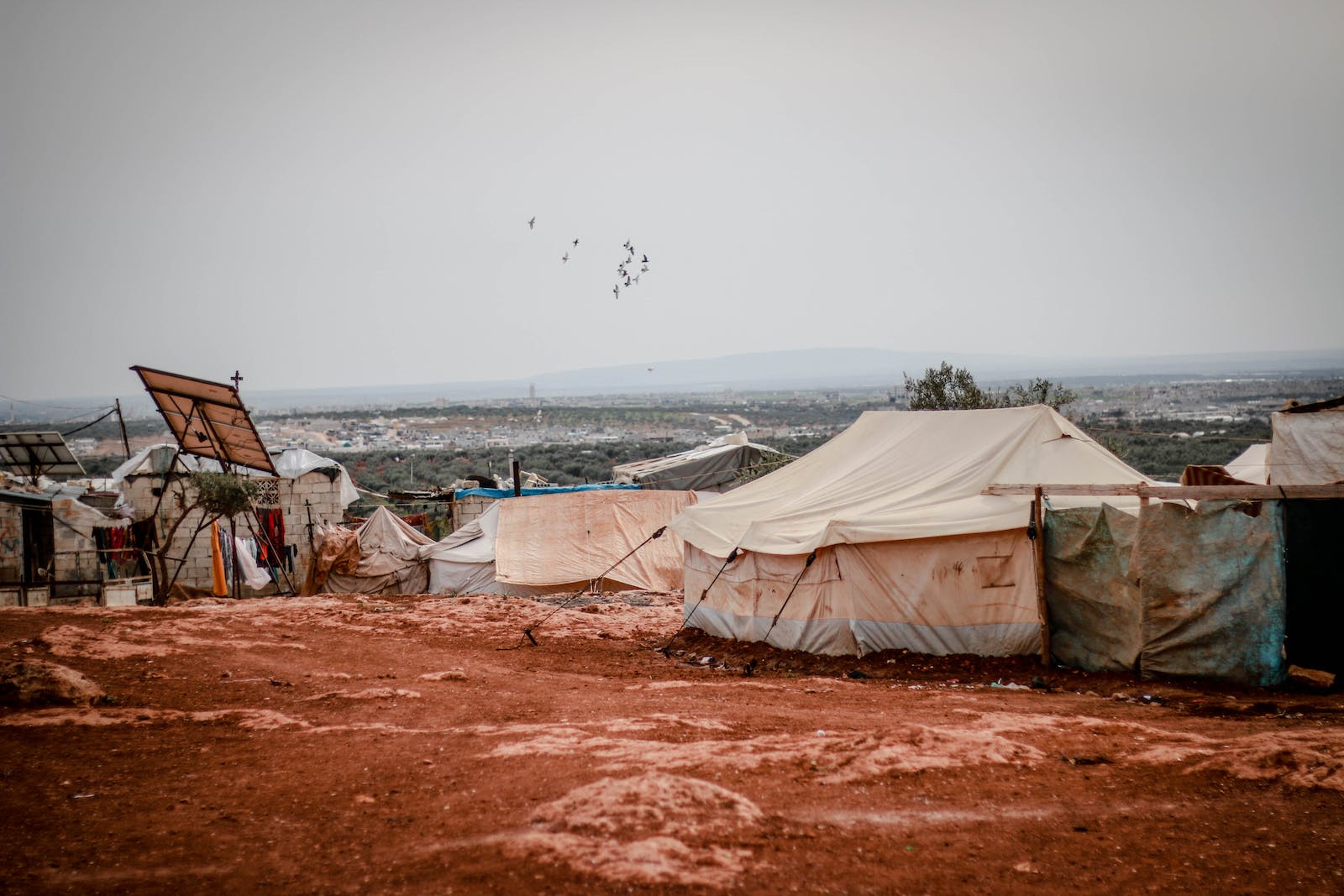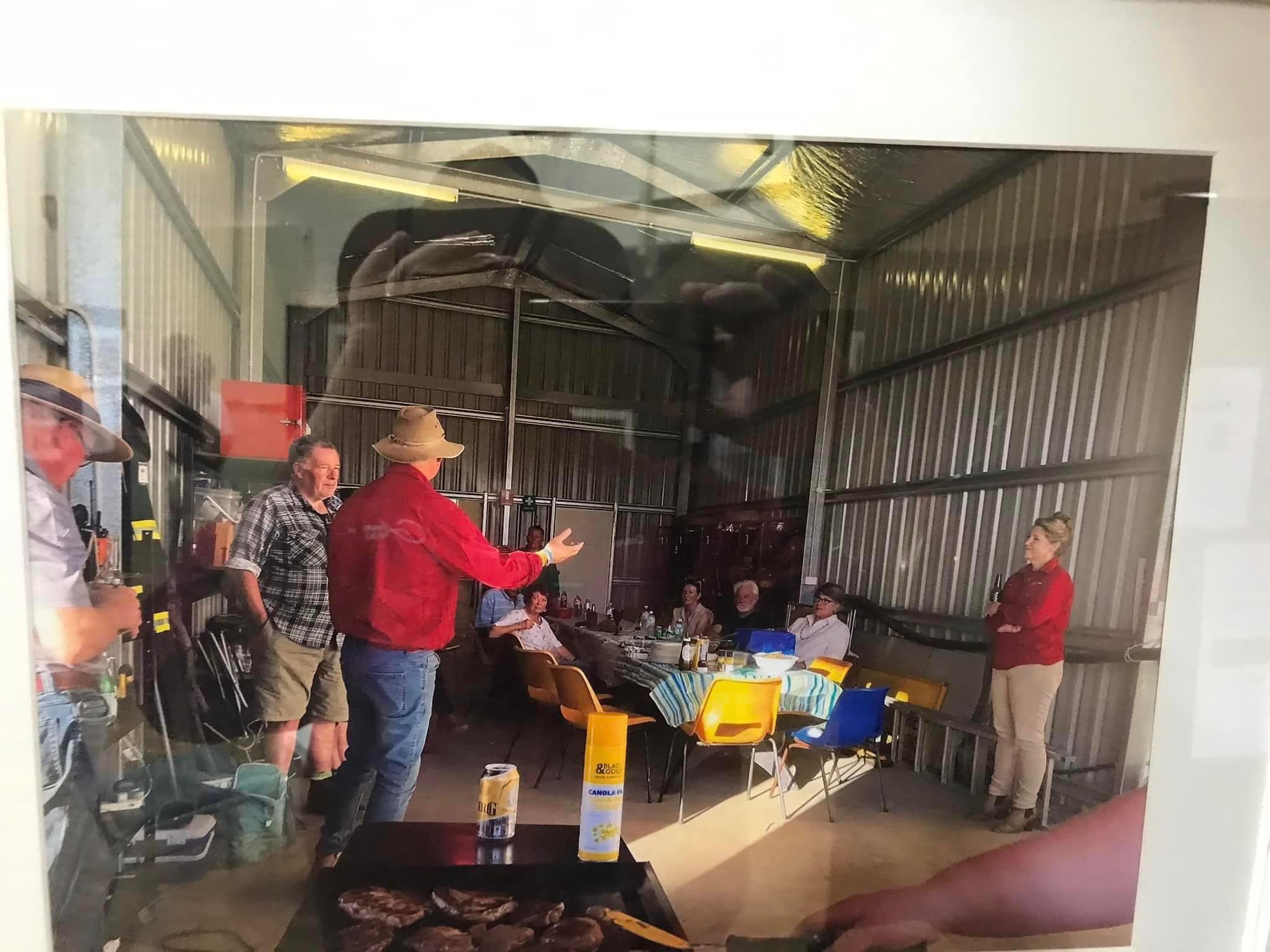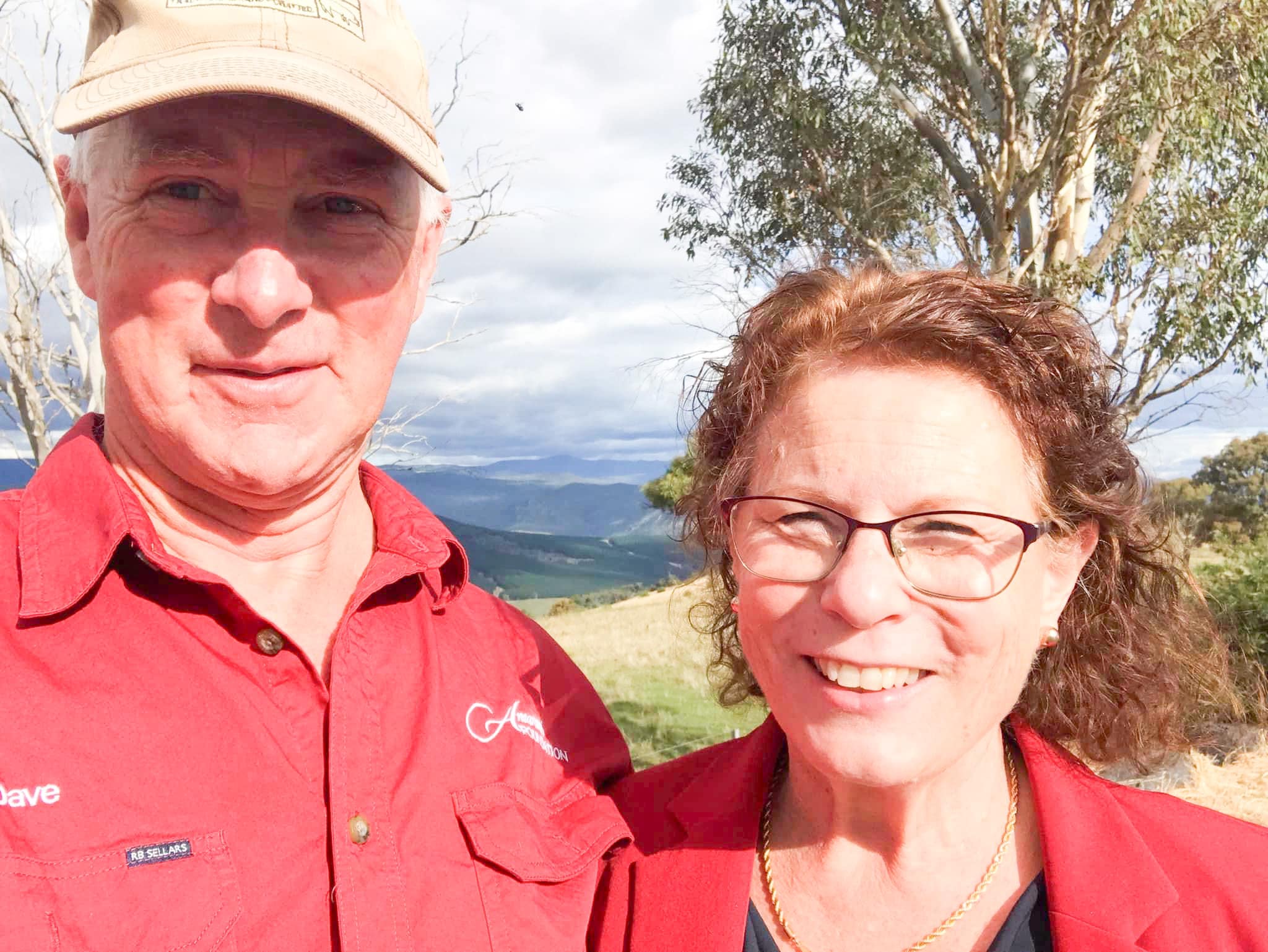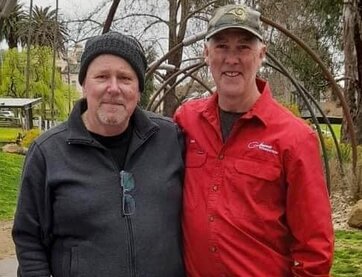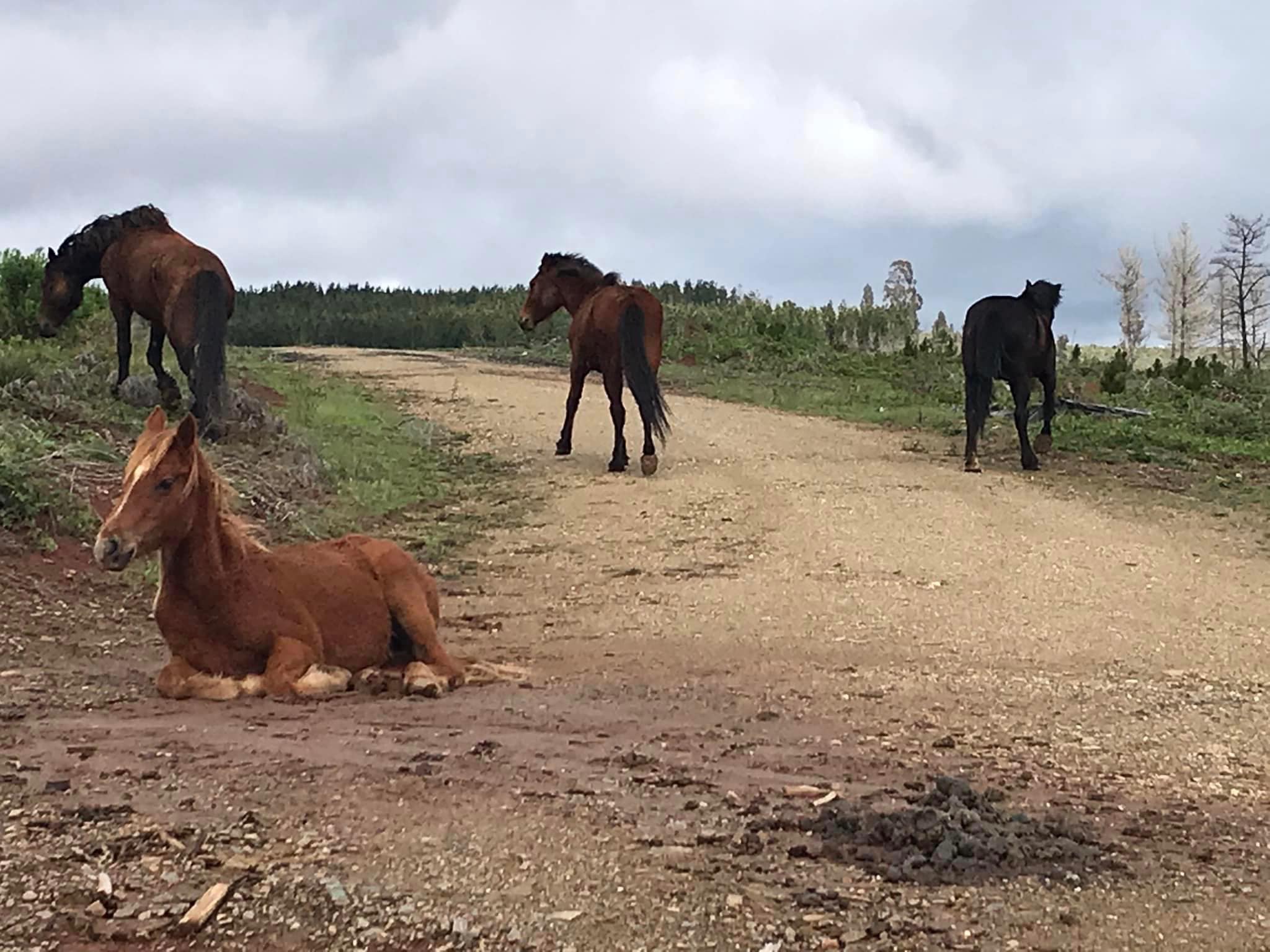Disaster and Resilience in Australia is something that many know far too well, and it looks different for everyone.
We always think that disaster is in the form of bushfires, floods and storms, but what about diabetic incidents, or incidents that aren’t weather related. Australians have experienced more in the last in 20 years than we have in previous decades. At Amaranth Foundation our vision is “How people Live matters” and during extreme events the ability to bounce back from emergency situations requires community support.
Due to recent catastrophic bushfires, part of our community support has been working in the Bushfire Recovery Program in the area of Community Engagement and Peer Support in the beautiful Snowy Valleys. From Tumbarumba to Tumut, Batlow to Holbrook and all the communities in between, some of our beautiful team members have been quietly finding and identifying those who still require support, 3 years post the fire front.
Our support has come in the form of food share, Grab’n’Go bags, respite accommodation and counselling if required and a friendly face is often welcomed in times of disaster.
Our funding is coming to an end, however our team at Amaranth Foundation are committed to staying involved with monthly visits to ensure the community has support long term.
BUSH FIRE RECOVERY PROGRAM
A little from Dave Harrison – 20 June 2023
Cracking day to start my last official trip into the Snowy Valleys representing Amaranth Foundation in bushfire recovery. Not the role you would normally expect from an old pig farmer, and I vividly remember driving up here 18 months ago with absolutely no clue as to what I was going to do. But it seems there was a role for a bloke in a hat wandering around looking for those that still struggle after the fires.
Professor David Sanderson
David is the Inaugural Judith Neilson Chair in Architecture and has 30 years’ experience working across the world in development and emergencies.
David has published articles and papers concerning urban livelihoods, shelter and disaster risk reduction. He has carried out a number of assignments for NGOs and donors across the world, and in recent years has led post-disaster reviews in Haiti, Pakistan, Bangladesh, India, the Philippines and Nepal.
David has published numerous articles in relation to the experience and damaging effects of crisis, and when you consider disasters such as floods, windstorms and earthquakes have affected some two billion people over the last ten years, and the number of people displaced by conflict and violence, has never been higher, preparing and dealing with disaster and resilience is a real-time issue.
We share some amazing articles and videos below that Professor Sanderson has published, along with his e.
Z. “How to Improve Recovery From Urban Crises.” UNSW Newsroom, 1 July 2020, newsroom.unsw.edu.au/news/social-affairs/how-improve-recovery-urban-crises.
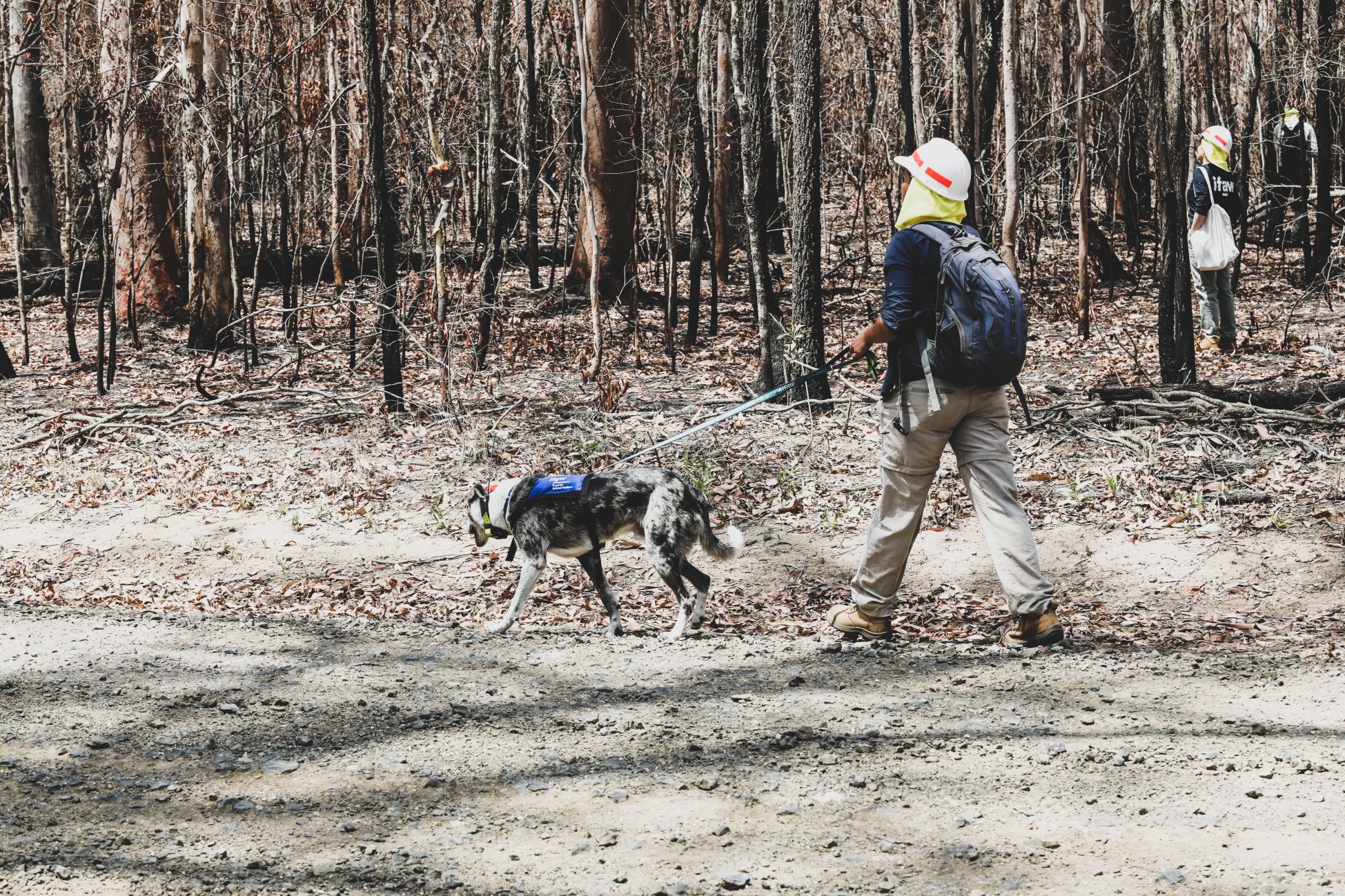
Drought, fire and flood: how outer urban areas can manage the emergency while reducing future risks
Published: 28 April, 2020 | Elisa Palazzo, Annette Bardsley, David Sanderson
How to improve recovery from urban crises
Published: July 1st, 2020 | David Sanderson
